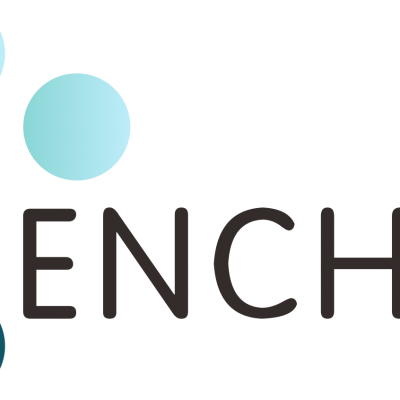Home > Company News > How to select construction material of evaporator
Company News

The construction material selection of evaporator is closely related to the composition of the feed material, especially when it is applied for wastewater treatment as the wastewater is of complicated composition always. For wastewater containing inorganic salts, it can be divided into chloride wastewater (eg. sodium chloride, ammonium chloride, magnesium chloride and etc) and non-chloride wastewater(eg. sodium sulfate, ammonium sulfate, sodium carbonate, nitrate, etc.). The following is our experience on construction material selection of evaporator for salt wastewater.
For chloride wastewater, the construction material selected in order of preference for corrosion resistance: titanium materials (TA2, TA9 and TA10, different grade against to operation condition), duplex steel, carbon steel, stainless steel(SS304 and SS316L); and in order of preference for cost performance: carbon steel, titanium materials, duplex steel, and stainless steel (SS304 and SS316L) is the last choice.
For non-chloride wastewater, the material selected in order of preference for corrosion resistance: stainless steel SS316, stainless steel SS304, and carbon steel; and in order of preference for cost performance: stainless steel 304 or 316L and carbon steel.
And generally, different materials are selected for different parts of the evaporator in order to ensure the service life of the system and reduce the equipment investment. For example, the operation condition of wetted parts is more critical, higher level of material is selected for wetted parts generally; and for non-wetted parts, regular material like carbon steel can be selected for lower the cost.

-
Laboratory Chemical Automatic Lifting Vacuum Rotary Evaporator
-
Digital Temperature Control Laboratory Rotary Evaporator Kit Set
-
Lab Distilling Machine Automatic Lifting Small Rotary Evaporator
-
Rotovap Extractor Distillation Vacuum Laboratory Rotary Evaporator
-
Ammonium Chloride Evaporation & Crystallization Project Completed with DMF Distillation
-
China Factory essential oil extractor essential oil distiller
-
Genyond essential oil distiller essential oil extraction supercritical extractor
-
GENYOND distillation rose essential oil extracting machine extraction maker equipment
-
CHINA Factory steam distiller for lavender essential oil extraction with logo
-
10% cut off essential aromatic oils distiller prices
-
Professional solar distiller Factory price
-
High quality steam vacuum distiller for sale
-
Professional essential oil still Factory price
-
Factory Directly sandalwood essential oil distiller original and new
-
High quality vapor compression distiller for sale
-
Factory Directly essential oil steam distillation apparatus Original and New
-
High quality short path distillation equipment for sale
-
High oil yield frankincense essential extract machine Original and New
-
Factory directly essential oil steam distillation gas machinery Original and New
-
Factory directly steam essential oil distiller unit for
-
Factory directly honey extraction machine with manufacturer
-
High oil yield herbs ethanol alcohol extractor equipment extraction filtering concentration machine for essential essence
-
Factory directly plants essential oil distiller on sale Original and New
-
Factory directly thyme essential oil distillation equipment price



